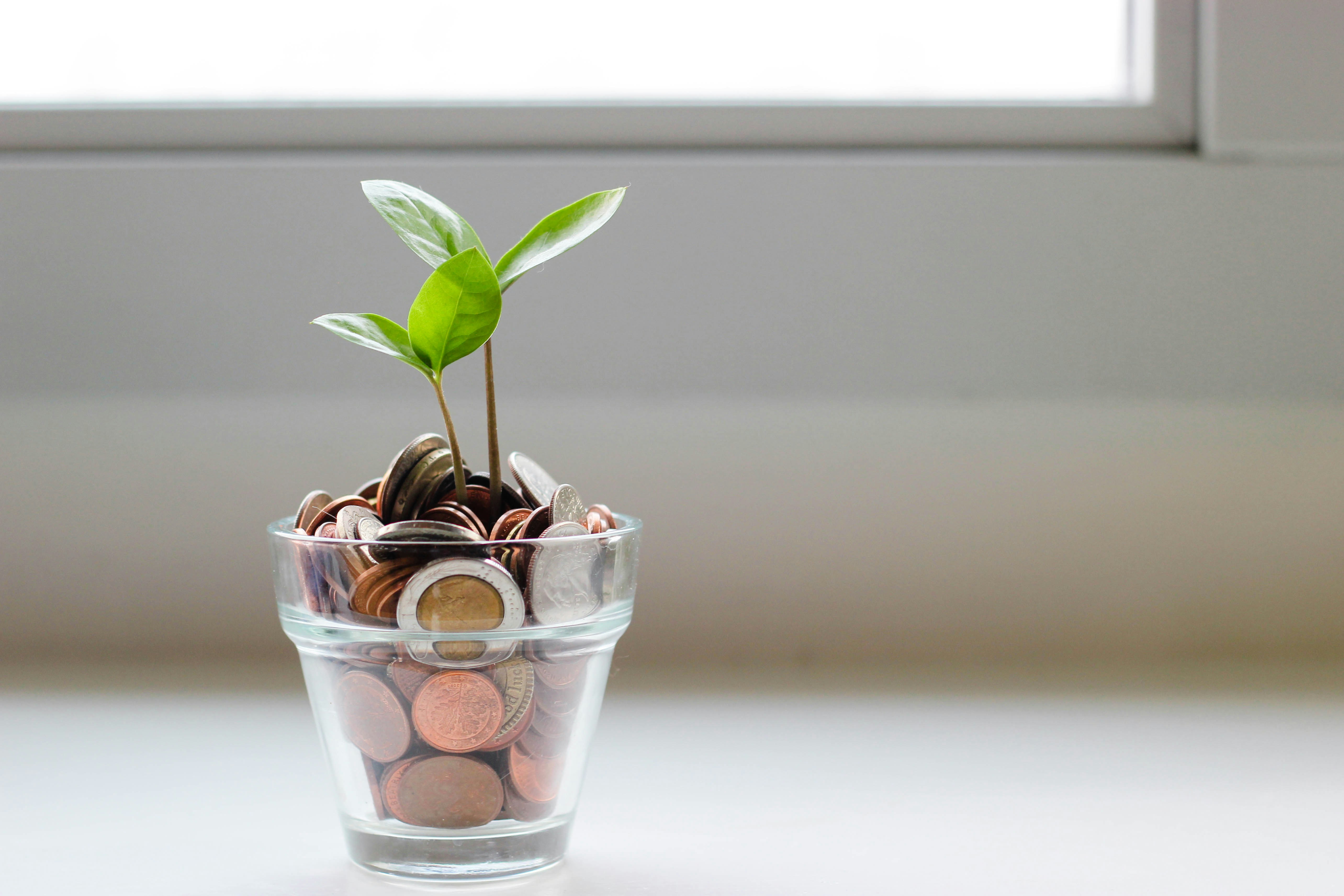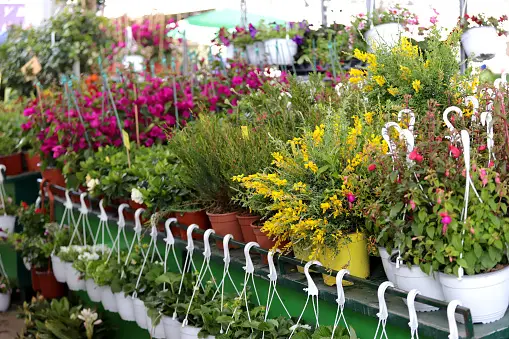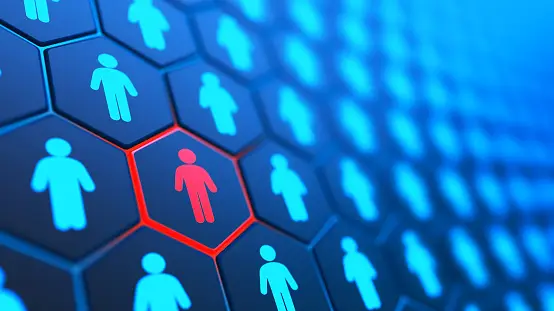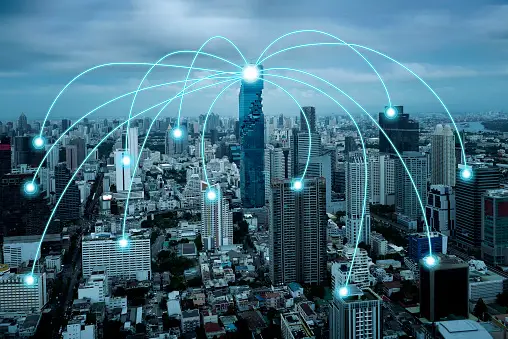Discover the art of balanced internet use with our comprehensive guide. Learn to set boundaries, create a positive digital space, and seek help if needed. Embrace mindful online habits for a healthier, more fulfilling life. Take back control and thrive in the digital age with our expert tips.
Introduction
The use of emergent digital technologies has created what can be termed as paradox of connectedness; people are connected like never before through the internet but at the same time the connections leads to disconnection. On this publication the author attempts at providing distinct direction to those who find themselves lost in the seemingly endless ocean of possibilities that is the world wide web. Of course, it recognizes the internet as a tool that can positively enhance human lives; however, at the same time, it notes that there is also a negative angle to its use – the hold that it can create that is so tight that a person is entrapped in it, which is why one should adopt a more mindful approach towards Internet usage and ensure that it does not interfere with one’s mental health or overshadow real-life social interactions.
Setting Boundaries
Establishing rules in the cyber world is similar to having a ventilation system in a home where only clean air gets in. It is something we consciously choose to do in order to get a sense of a healthier software of using social media, like setting up a schedule for work, and fun and no constant notifications. Thus the line we draw in the sand, we take our time and attention back , and are able to be present in the ongoing in work, or the loving company of friends and family which can be a refreshing change of pace in a world that often seems to have control over us via our own technological gadgets.
Achieving a Healthy Use of the Internet
Creating the perfect digital space is about controlling every link and every mouse movement; the world we interact with is the perfect designed garden of the Internet we live in. It is about sowing seeds of positive thoughts and education, and watering the trees of hatred and ignorance, after that eradicating them and developing the gardens of our choice. In this tended garden of efficiency, distractions are trimmed away, and tools become the gardener’s shears as offline endeavors flourish alongside, fertilising the workplace with experiences that ground it in reality.
Understanding Internet Addiction
It is a twenty-first-century disease as many people become helpless in front of the Internet connection possibilities. It is a mental sickness that develops in the users which makes them continuously glued to the internet irrespective of the earthly social relations and obligations. It is a diverse condition, though common features are fixated interest in Social Networks, preoccupation with them, and the inability to feel comfortable being offline. This kind of dependency can be destructive regarding one’s psychological well-being since it contributes to anxiety, depression, and the general feeling of loneliness. The source is diverse; always fueled by the need for affection, a way to lose focus on the troubled world, and dopamine received from using social networks. This solution calls for a multidisciplinary approach, which consists of the following; increasing awareness, acting differently, and sometimes getting help from a professional.
Limitation is one of the most effective strategies of regaining control over the use of the internet. It is about creating an environment, which can be characterized by permissiveness of the Net activity as well as its positive impact. This is attained through scheduling particular time intervals in the day to go through email, read through the social media, or even perform other online related chores instead of allowing the internet to creep into almost all segments of the human day. Another component of the use of the internet is a purposeful browsing. It means purposeful connection with the internet and intentionally searching for helpful information and not getting lost in the endless scrolling. Essentially, digital detoxes act as a way of taking a break, a break from notifications, and the brightness of the screen. Some of these detoxes can be as short as a day’s break with no technology or as long as can last up to weeks or even months offering a chance for self-reflection, going out, and overall realignment with one’s self and the society.
On this principle it's about more than just the restriction of time spent on the internet but it is about quality time when it is spent as well. This implies the need to filter the information received as well as the activities carried out on the social media platforms. It’s more to do with opting for the feeds that enrich and inform them, as opposed to the ones that feed undesirable traits within. In this endeavor, there are certain productivity tools which are really useful in act as friends and guide in terms of tracking and regulating the conduct on the internet. It can prevent the user from opening sites which are not relevant during working hours, or set a certain amount of time for specific applications. It is equally appropriate to employ effort in building up a thick offline reality. Enjoying non-virtual physical activities such as hobbies, going outdoors and valuing live interpersonal interactions can be a soothing remedy against the all-embracing digital context. This shows that by cultivating such offline interests, one would be able to successfully minimize the dependence on internet-based activities in the areas of entertainment as well as social interaction to ultimately lead to the construction of a more fulfilling life.
Limitation is one of the most effective strategies of regaining control over the use of the internet. It is about creating an environment, which can be characterized by permissiveness of the Net activity as well as its positive impact. This is attained through scheduling particular time intervals in the day to go through email, read through the social media, or even perform other online related chores instead of allowing the internet to creep into almost all segments of the human day. Another component of the use of the internet is a purposeful browsing. It means purposeful connection with the internet and intentionally searching for helpful information and not getting lost in the endless scrolling. Essentially, digital detoxes act as a way of taking a break, a break from notifications, and the brightness of the screen. Some of these detoxes can be as short as a day’s break with no technology or as long as can last up to weeks or even months offering a chance for self-reflection, going out, and overall realignment with one’s self and the society.
On this principle it's about more than just the restriction of time spent on the internet but it is about quality time when it is spent as well. This implies the need to filter the information received as well as the activities carried out on the social media platforms. It’s more to do with opting for the feeds that enrich and inform them, as opposed to the ones that feed undesirable traits within. In this endeavor, there are certain productivity tools which are really useful in act as friends and guide in terms of tracking and regulating the conduct on the internet. It can prevent the user from opening sites which are not relevant during working hours, or set a certain amount of time for specific applications. It is equally appropriate to employ effort in building up a thick offline reality. Enjoying non-virtual physical activities such as hobbies, going outdoors and valuing live interpersonal interactions can be a soothing remedy against the all-embracing digital context. This shows that by cultivating such offline interests, one would be able to successfully minimize the dependence on internet-based activities in the areas of entertainment as well as social interaction to ultimately lead to the construction of a more fulfilling life.
Mindful Internet Use
Mindfulness is awareness that happens at the present time, the specific period of time where we are focusing our attention on doing an activity without any thoughts of the past or the future and without the judgment of the task we are performing. When applied to internet usage it translates to being aware of why one is on the internet and use the cyberspace in a positive manner. Thus, conscious clicking implies that one has to sit down and think before clicking a link or opening another tab, or at least answer some questions, such as whether this action is really needed and what benefit will be derived from it. It is focused on purposeful interaction with content online, interacting with only content that provides value to our lives while abstaining from the numerous posts that can leave us feeling overwhelmed and uninspired.
Attentive consumption means that active interference is focused on presence and active interaction with the content chosen by the user. The implication is breaking the habit of doing multiple activities at once and concentrating on one task or piece of content at a time. It enables the receiver to contemplate and get to learn what he or she has received in detail rather than just having a glance at the content without giving it his or her time. It also refers to the capacity of recognizing how the consumed content influences one’s emotions or mental state – and thus to make conscious decisions only in terms of the healthiest options. Reflexivity occurs when one takes a break and tries to evaluate some of the impacts of the online activity. It useful to analyze how these interactions with social media or other platforms make you feel Subsequently. Are they inspiring or do they dis-empower us? Are the type of media responsible for enriching our lives or do they rather cause us stress and make us compare ourselves to others? Answering these questions, we can make a better choice on how to proceed in the world of social media.
Attentive consumption means that active interference is focused on presence and active interaction with the content chosen by the user. The implication is breaking the habit of doing multiple activities at once and concentrating on one task or piece of content at a time. It enables the receiver to contemplate and get to learn what he or she has received in detail rather than just having a glance at the content without giving it his or her time. It also refers to the capacity of recognizing how the consumed content influences one’s emotions or mental state – and thus to make conscious decisions only in terms of the healthiest options. Reflexivity occurs when one takes a break and tries to evaluate some of the impacts of the online activity. It useful to analyze how these interactions with social media or other platforms make you feel Subsequently. Are they inspiring or do they dis-empower us? Are the type of media responsible for enriching our lives or do they rather cause us stress and make us compare ourselves to others? Answering these questions, we can make a better choice on how to proceed in the world of social media.
Seeking Help
Professionals should be sought when one discovers their Internet usage affects their lives in a negative way. Still, understanding when the usage of the internet has become problematic is relatively difficult, but it is necessary to regain control over oneself. Professional help can give one the necessary means to go through this process. Specialists who are experienced in handling people who have an internet addiction can provide ways to control certain habits and also help in identifying and correcting the causes of the addiction. Patient organizations and online communities of people with excessive internet use problems can also offer social support. One must not see it as a weakness to seek help from professionals but as a strength that will change the relation with digital devices.
Dear reader asking for help is noble, an acknowledgment that at times even the light managing the chains of tech dependence feels cannot be shouldered alone. It is a signal that a balanced internet use can be attained only with a help of a counselor, a person to show the ways to avoid the rocks that most definitely lie in the territories of addiction. They are like lighthouses in a storm, sources of knowledge and understanding in the darkness; specialists and communities guiding those who are confused and overwhelmed, telling the NOW you do not have to be lonely in your battle.
Dear reader asking for help is noble, an acknowledgment that at times even the light managing the chains of tech dependence feels cannot be shouldered alone. It is a signal that a balanced internet use can be attained only with a help of a counselor, a person to show the ways to avoid the rocks that most definitely lie in the territories of addiction. They are like lighthouses in a storm, sources of knowledge and understanding in the darkness; specialists and communities guiding those who are confused and overwhelmed, telling the NOW you do not have to be lonely in your battle.
Conclusion
Lastly, this guide is much more than a list of rules – it is a proclamation, it is the gospel for the new era of a connected world, an appeal to arms for all who wish to reclaim their lives from mindless scrolling. It is a call for embracing a moment of personal decision and coming up with a HEART way of engaging with technology so that the society has an opportunity to benefit from its advancements without having to be enslaved by it. Getting back to our starting point, we are able to conclude that the control is not out of our reach; rather, it is within the seemingly mundane decisions that are made on a daily basis and the conscious choice one makes to fight against the path of le dragging into digital over indulgence.


























